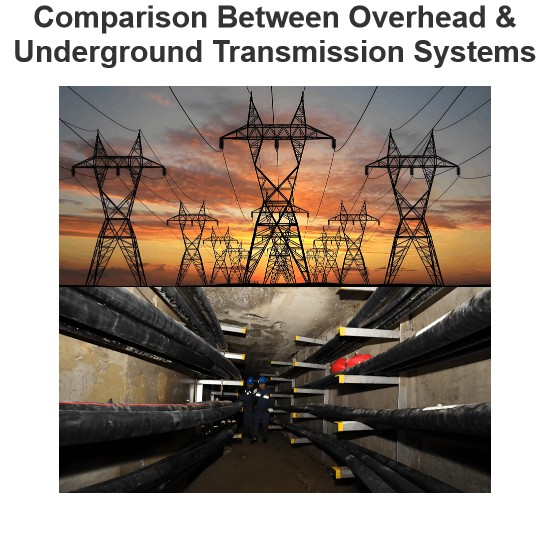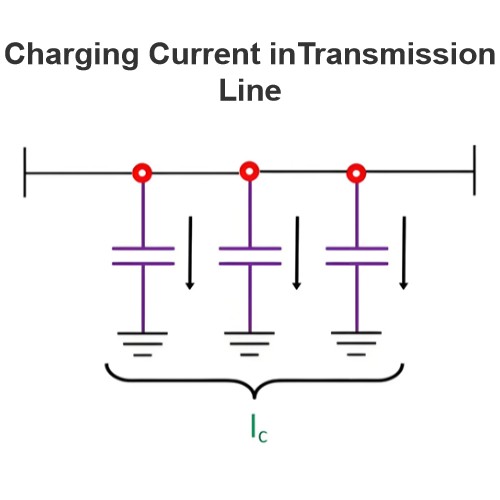The difference between charging and discharging capacitors with alternating current
Capacitors behave differently in AC circuits than they do in DC circuits. Capacitors in an AC circuit can be viewed as constantly charging and discharging because the voltage of an AC power supply changes periodically.
Behavior of capacitors in AC circuits
Equivalent to short circuit: In a high-frequency AC circuit, a capacitor behaves like a short circuit because its impedance (capacitive reactance) is very low.
Equivalent to open circuit: In low-frequency AC circuits, capacitors have a higher capacitive reactance and behave like open circuits.
Charging process
Current direction
When the capacitor is connected to the AC power supply to start charging, in the positive half of the AC power supply, the current flows from the positive terminal of the power supply to the positive plate of the capacitor, so that the positive plate of the capacitor is positively charged and the negative plate is negatively charged. In the negative half of the AC power supply, the current is in the opposite direction, flowing out of the positive plate of the capacitor and back to the negative electrode of the power supply, while the negative plate of the capacitor is positively charged and the positive plate is negatively charged.
Charging time
Since the voltage of the AC power supply is constantly changing, the charging time of the capacitor depends on the frequency of the AC power supply and the capacitance value of the capacitor. During a cycle of the AC power supply, the capacitor will be charged at different times. When the power supply voltage rises, the charging speed of the capacitor is faster. When the power supply voltage drops, the capacitor charge rate slows down and may even begin to discharge.
Charging energy
The energy stored by a capacitor during charging is proportional to the square of the supply voltage and the capacitance value of the capacitor. When the voltage of the AC power supply increases, the energy stored by the capacitor increases. When the voltage drops, less energy is stored.
Discharge process
Current direction
When the capacitor is fully charged, if disconnected from the AC power supply, the capacitor will discharge through the load. When discharging, the current flows out of the positive plate of the capacitor and returns to the negative plate through the load, in the opposite direction as when charging.
Discharge time
The discharge time of the capacitor depends on the capacitance value of the capacitor and the resistance value of the load. τ=RC According to the time constant (where R is the load resistance and C is the capacitance value), the discharge time is proportional to the time constant. The larger the capacitance value and the larger the load resistance, the longer the discharge time.
Discharge energy
The capacitor releases the stored energy during the discharge process, and as the discharge proceeds, the voltage at both ends of the capacitor gradually decreases, the discharge current also gradually decreases, and the energy released is less and less.
Overall distinction
Change of direction
When charging, the current direction changes periodically with the change of AC power supply, while when discharging, the current direction flows from the capacitor to the load, and the direction is relatively fixed.
Time characteristic
The charge time depends on the frequency of the AC power supply and the characteristics of the capacitor, while the discharge time depends on the parameters of the capacitor and the load.
Energy change
The capacitor stores energy when charging, and the energy changes with the power supply voltage; When discharging, the capacitor releases energy, which gradually decreases.
The Electricity Encyclopedia is dedicated to accelerating the dissemination and application of electricity knowledge and adding impetus to the development and innovation of the electricity industry.













